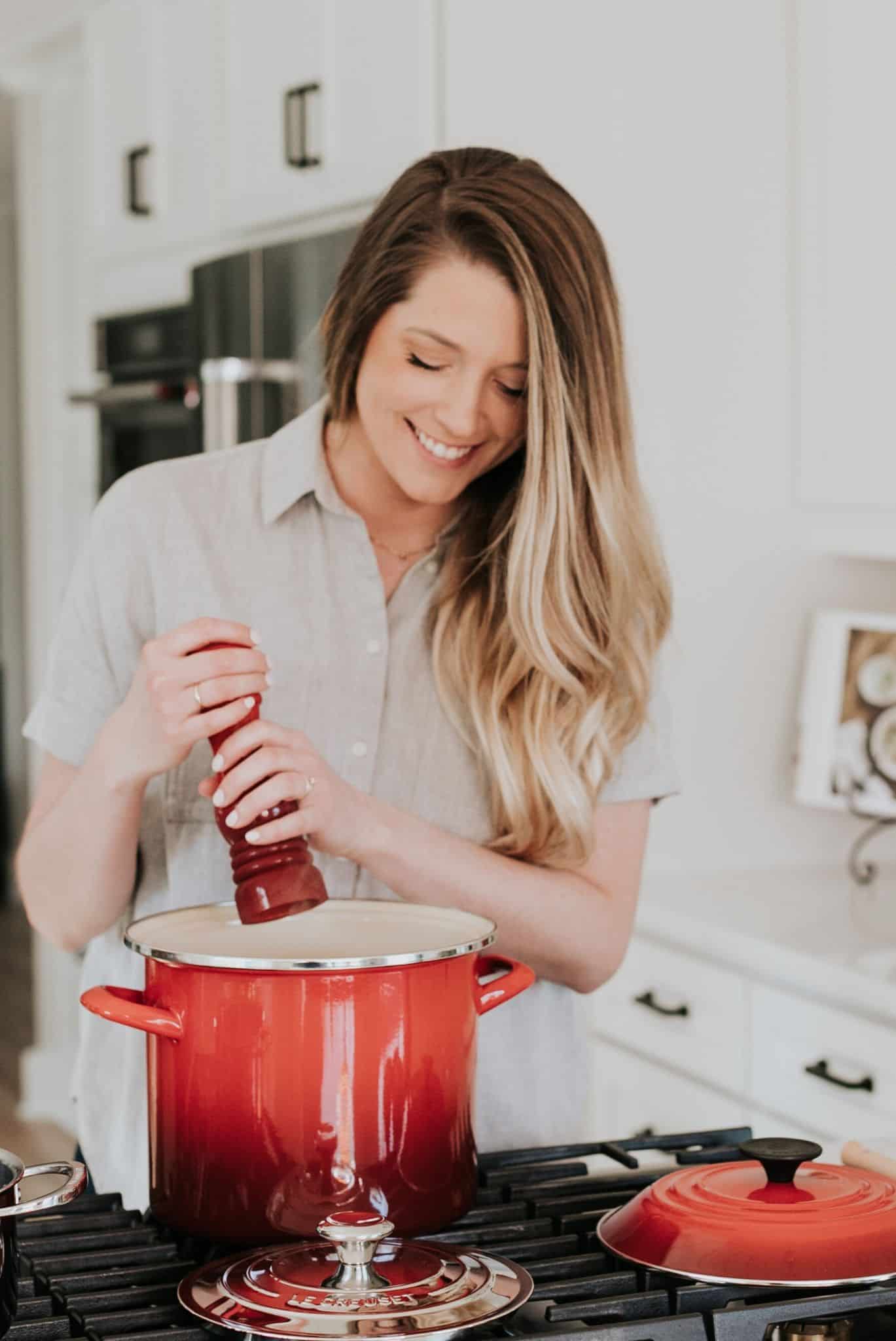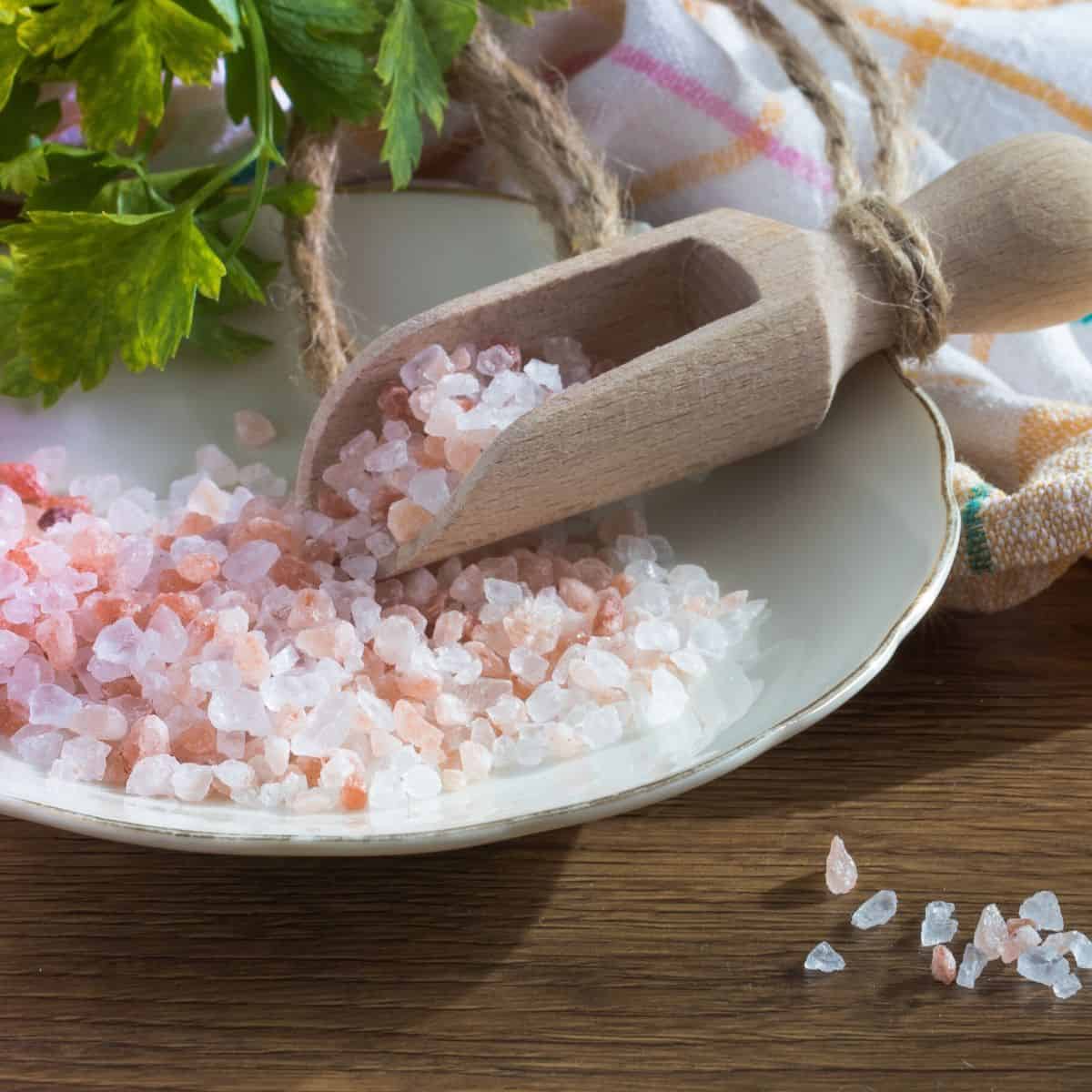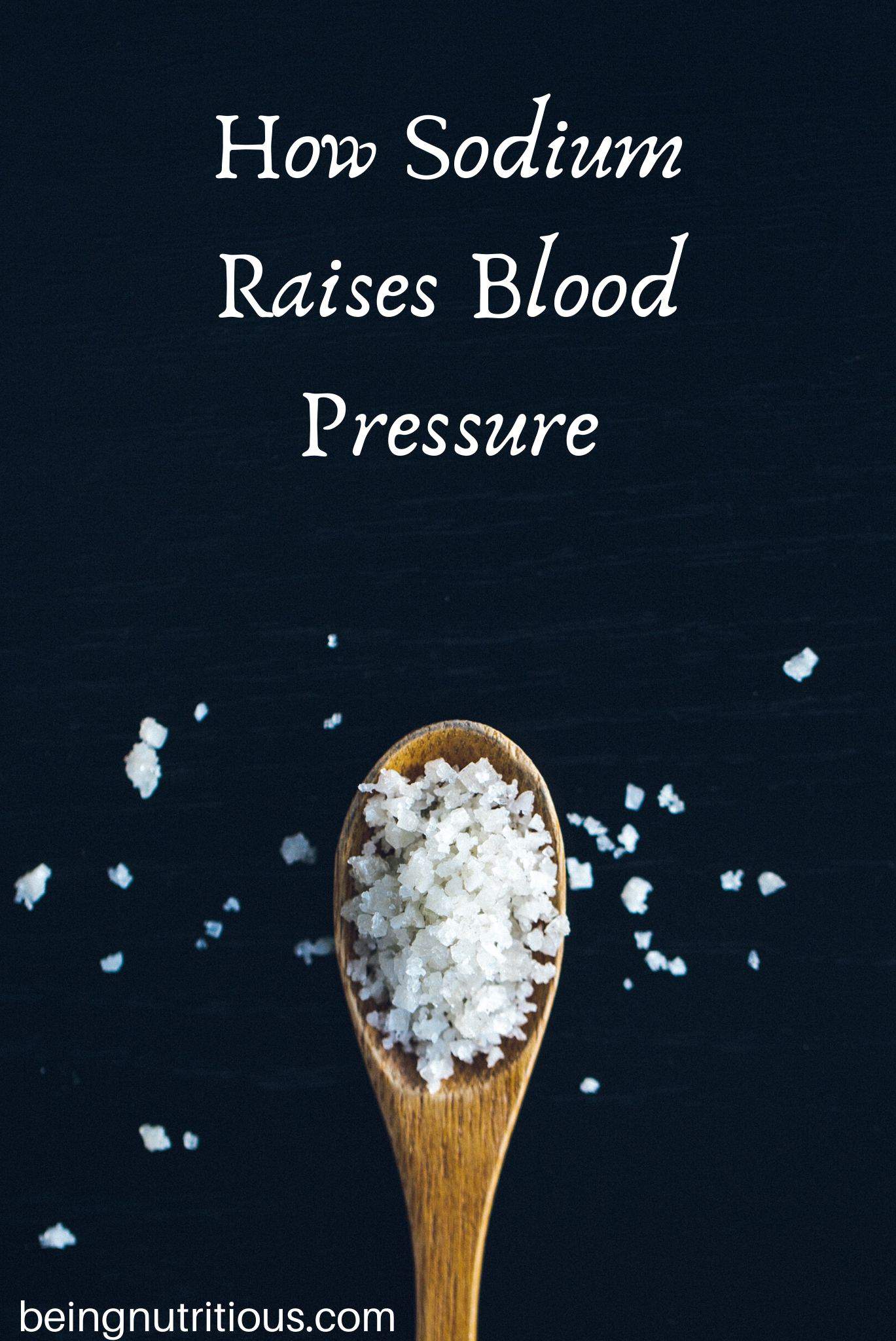What’s the deal with sodium? We know it’s not great for us, but it tastes so darn yummy! Why does my doc harp on it so much anyway? These are some important questions! Let’s answer those questions and more!

What is Sodium?
Sodium is an electrolyte, like potassium. An electrolyte is a substance that enables an electrical current to be produced when dissolved in water. Muscles (like your heart) and neurons are “electric” tissue in the body, and require this electric current for contraction and function. The body maintains precise amounts of electrolytes both inside and outside your cells for these functions to occur properly. Sodium is the main electrolyte outside cells, and potassium is the main electrolyte inside cells.
Besides its role in nerve and muscle function, sodium also helps the body maintain the right balance of fluids.
How is Sodium Different From Salt?
Salt contains sodium. Table salt is known as sodium chloride. That is, it is a chemical compound that is made up of 40% sodium, and 60% chloride. A teaspoon of salt contains about 2300 mg of sodium.
How Does Sodium Affect Blood Pressure?
The kidneys control how much sodium is in the blood. Over time, not-so-great-eating habits, some medications, or certain conditions may reduce the kidney’s ability to regulate sodium. When the kidney’s ability to do this is impaired, sodium can accumulate in the blood.
Sodium has an affinity for water, so when sodium builds up in the blood, so does water. With more water entering the blood, the volume of blood increases. Since the size of the blood vessels doesn’t change, this means the pressure the blood exerts on the vessels increases. The heart must work harder to pump this increased volume of blood, too.
This causes the blood vessels to eventually stiffen, leading to chronic high blood pressure, and often heart failure, heart attacks, or stroke.
How Much Sodium is Recommended?
The recommendation for sodium intake for healthy people is less than 2300 mg per day. Look for that to be lowering in an upcoming revision of guidelines.
Ideally, we should all be consuming less than 1500 mg sodium per day. If you have high blood pressure, you should definitely be working to keep your sodium intake below that (unless your doctor tells you otherwise).

Is Sea Salt Better?
In short, no, sea salt is not a healthier, or lower sodium alternative to table salt. Neither are any of the other “natural” salt brands. All of these types of salts contain about the same amount of sodium, and have the same effect of raising blood pressure.
These salts typically do contain trace minerals, which is what the focus is generally on. While we do need the minerals contained in the mix, you’re not likely to consume enough to get any kind of nutritional benefit.
So, choose any kind of salt you like - just be sure to moderate how much you use!
Can I Be Deficient in Sodium?
It’s quite rare in the US these days because sodium is in so many different foods. But it is possible to not have enough sodium. This condition is called hyponatremia, and it occurs most often in older adults who are taking medications or have conditions that deplete the body of sodium. Excessive vomiting, diarrhea, or sweating can also cause it.
Symptoms of hyponatremia are nausea, vomiting, headaches and confusion, seizures, and coma.
Can Sodium Be Toxic?
It is also possible for sodium to build up to toxic levels in the blood. This is called hypernatremia, and for the most part occurs in people who do not eat or drink enough, or those ill with a high fever, vomiting, or infection leading to severe dehydration.
Hypernatremia can lead to nausea, vomiting, weakness, intense thirst, seizures, confusion, kidney damage, coma, and even death.
How Can I Eat Less Sodium?
There are two main ways we consume excess sodium: we add it to food from the salt shaker, and we eat it in food where it’s already present.
The majority of the sodium we consume is the latter: highly processed and packaged foods, and foods that are already prepared. That doesn’t mean the salt shaker doesn’t matter, but if you’re looking to get started, prepared foods are a good place to start. In fact, according to the CDC, more than 40% of the sodium in the American diet comes from just 10 foods:
- Breads and rolls
- Pizza
- Sandwiches
- Cold cuts and cured meats
- Soups
- Burritos and tacos
- Savory snacks (chips, pretzels, popcorn, etc.)
- Chicken
- Cheese
- Eggs and omelets
For tips on what to look for and how to decrease the sodium from these sources, check out my article Foods to Avoid If You Have High Blood Pressure.
In the case of using the salt shaker, of course it’s easy enough to say just don’t use it. But that can be pretty difficult if you’re used to eating a lot of sodium. Taste buds become accustomed to how we eat, and abrupt changes can be difficult. Food may seem tasteless. If you’re looking for some tips and strategies for cooking with less salt but not less flavor, my article How to Cook with Less Salt can help.
The good news is that the more “whole” and unprocessed a food is, the less sodium it’s likely to contain. Cooking as much as possible from scratch, and relying on as few processed foods as possible is the best way to reduce the amount of sodium you consume!
Do you have another way to cut sodium, or a question? Tell me in the comments!


Leave a Reply